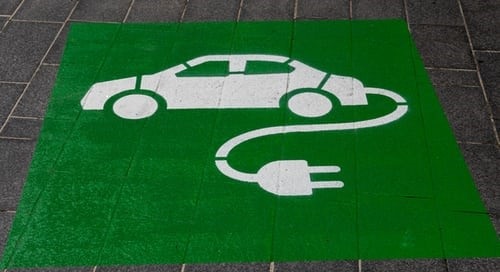UK Fuel Mix stats 2010-2020
100% renewable target can be achieved by 2037
Although 2020 is not yet complete and I am sure all of us will be happy to see the end of this ‘non-year’! The figures are looking tremendously positive regarding the market share growth of renewable energy over the last 10 years in the UK energy market and the growth is only going to continue its upward trajectory.
Despite having four general Elections, three Prime Ministers, two referendums and thankfully only one Queen, the longest-reigning monarch in history, The UK’s energy market have seen a big decline in the use of gas which has dropped to 30.31% of the market, dropping 17.01% from 47.32% but the greatest but the best news is that coal, which had the second-largest portion of the energy pie at 28.03% has dropped to an amazing 3.53% and in fact for 67 days of this ‘non-year’ coal was not used at all to add supply to the National Grid, this is slightly up from 1.98% in 2019 but there’s still another four months of 2020 left.
Other great news is that oil has almost dropped out of use completely at 0.20%, interestingly imports have raised from 0.73 to 6.75% steadily increasing year on year. Nuclear has remained stable at 15.48% to 15.52%. Bioenergy has leapt from 3.05% to almost double figures at 9.98%.
The only renewable that has not shown as much growth as would have been expected considering the fantastic leaps in wind and solar is the Hydro Energy sector. This is in part to do with high taxation, says Penny Carruthers, the inventor of the Carruthers Water Wheel, first patented water wheel in 138 years. ‘the only people that can afford to run a Carruthers Wheel are wealthy Welsh or Scottish landowners. The current taxation on Hydro Energy is four times that of other renewable energies.’ The Carruthers Wheel developed in 2016 by Penny and tested at Abertay University can be scaled up or down depending on the size and flow of the river or burn. for The Chancellor, Rishi Sunak to ease the tax on Hydro Energy and bring it into line with the rest of the renewable energy sector suppliers.
Imported supply is at 6.73% from less than 1% in 2010 but will rise sharply once the high voltage cable connection from Bicker Fen in Lincolnshire to Revsing, South Jutland in Demark is complete and due in 2023, the £1.8bn, 475 mile Viking Link cable is expected to power one and a half million UK homes.
The renewable energy market now has 47% share of the market from a meager 7.99% in 2010 we still have a way to go to reach the 2050 target of complete Net-Zero using only 100% renewable energy sources but the national grid are confident that we can achieve this 17 years ahead of schedule by 2037.
Martin Bell, Business Relationship Manager of Dorset based Utilities4Less comments ’The UK energy market is almost unrecognisable from 10 years ago and the regulations set in place have given consultancies such as U4L a better platform to serve the business community in an ethical and responsible manner. The UK is used to leading the world in terms of innovation and having a Net-Zero target that appears to be ahead of schedule will show that if we all work together to save our overheated and overpopulated planet. We must come up with alternate sources of energy to feed the population without damaging the environment any further by setting smaller achievable targets we can make a difference, just like U4L’s campaign to make Dorset the first county in Britain who’s business community is using 100% renewable energy from British sources.’
